This fictional project is a work in progress.
Spotify and other audio streaming services created easy access and endless recommendations to music. We rarely have to put up with our audio environment anymore.
In the meantime, the experience of listening to music did not change much: ears with headphones or speakers attached to the device du jour. How could our audio bubble provide something more? Maybe something that connects not just to our minds, but our whole body? Or connects us to each other?
I. How could streaming music become a visceral listening experience?
To start, I collected a range of body sensors that are currently available in consumer devices, such as the Muse meditation headband, the Oura ring, and the Apple Watch. Together they collect several types of data about our body.
- EEG: the electrical activity of the brain, measured on the scalp
- PPG: blood volume changes measured by illuminating the skin to monitor the heart rate or even breathing
- Pulse oximetry: measures the oxygen and hemoglobin levels
- The 3-axis accelerometer and gyroscope can measure all types of physical movement from head/hand tilts and step count to running speed
- Body temperature
Did they use any of these sensors previously?
Yes, Spotify used to offer running tracks with a beat per minute (bpm) matching the accelerometer, even produced instrumental music for it. Then it, poof, disappeared, to some user's vocal dismay.
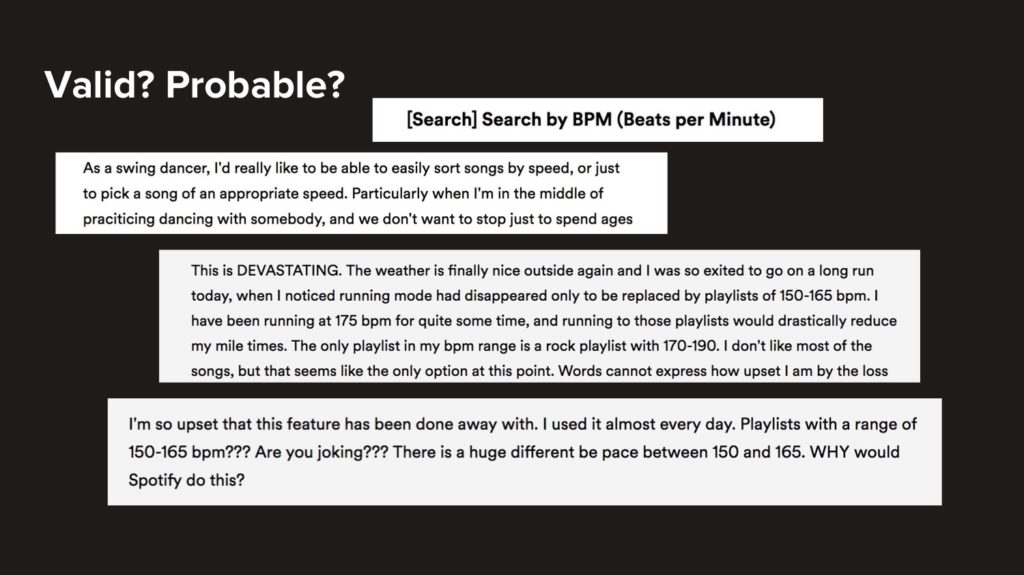
Who could benefit from using sensors?
I speculated about some personas or archetypes open to using sensors to enhance their audio bubbles.
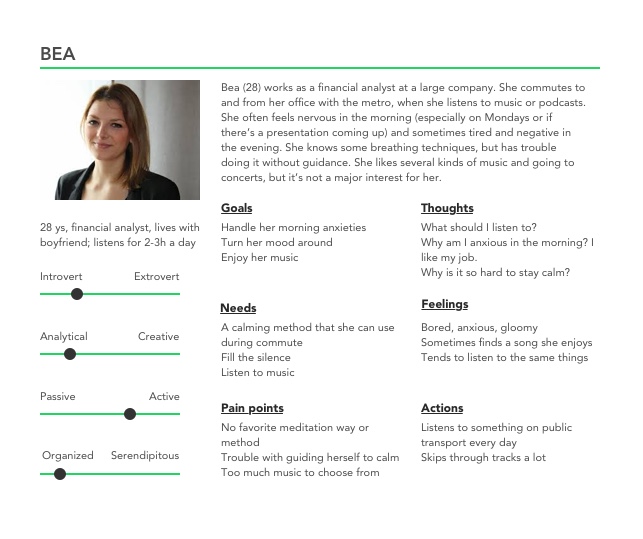
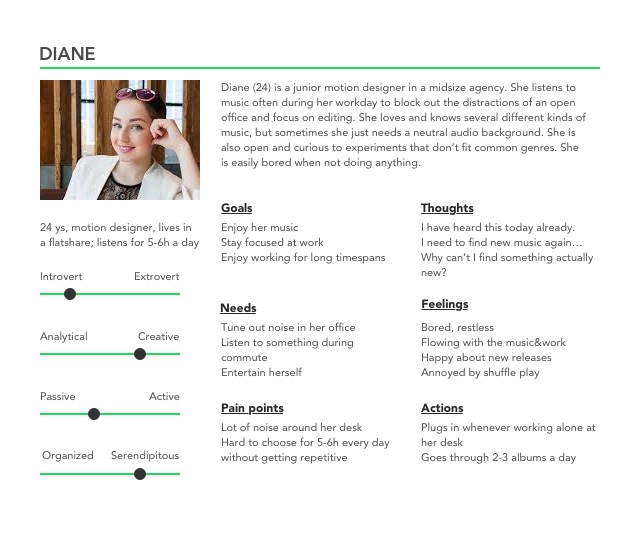
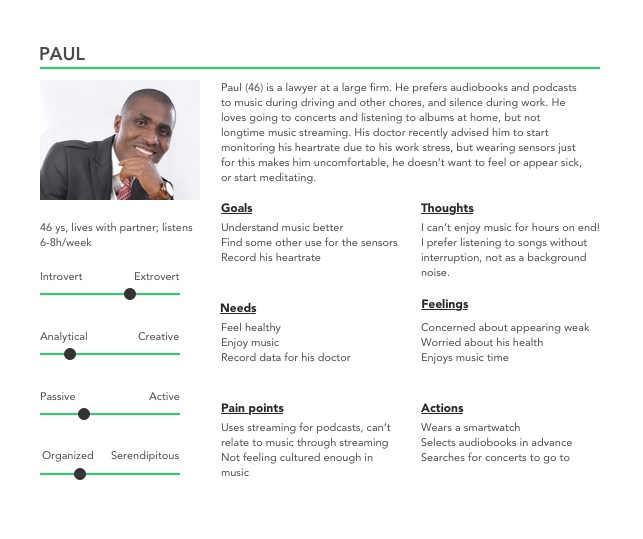
Work in progress on whole body listening!
II. How could music streaming create social moments?
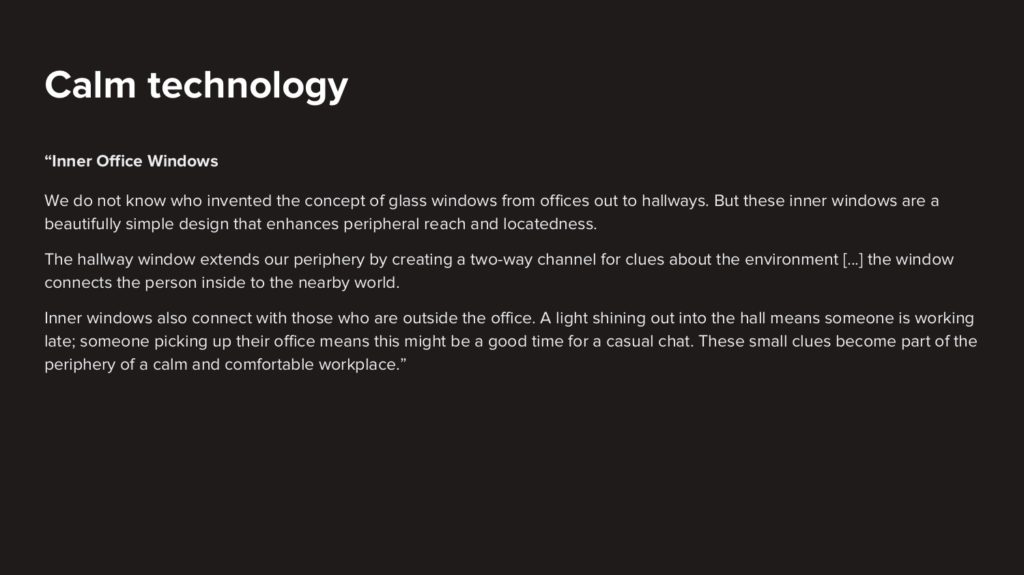
Some mockups for the possible touchpoints of co-listening.
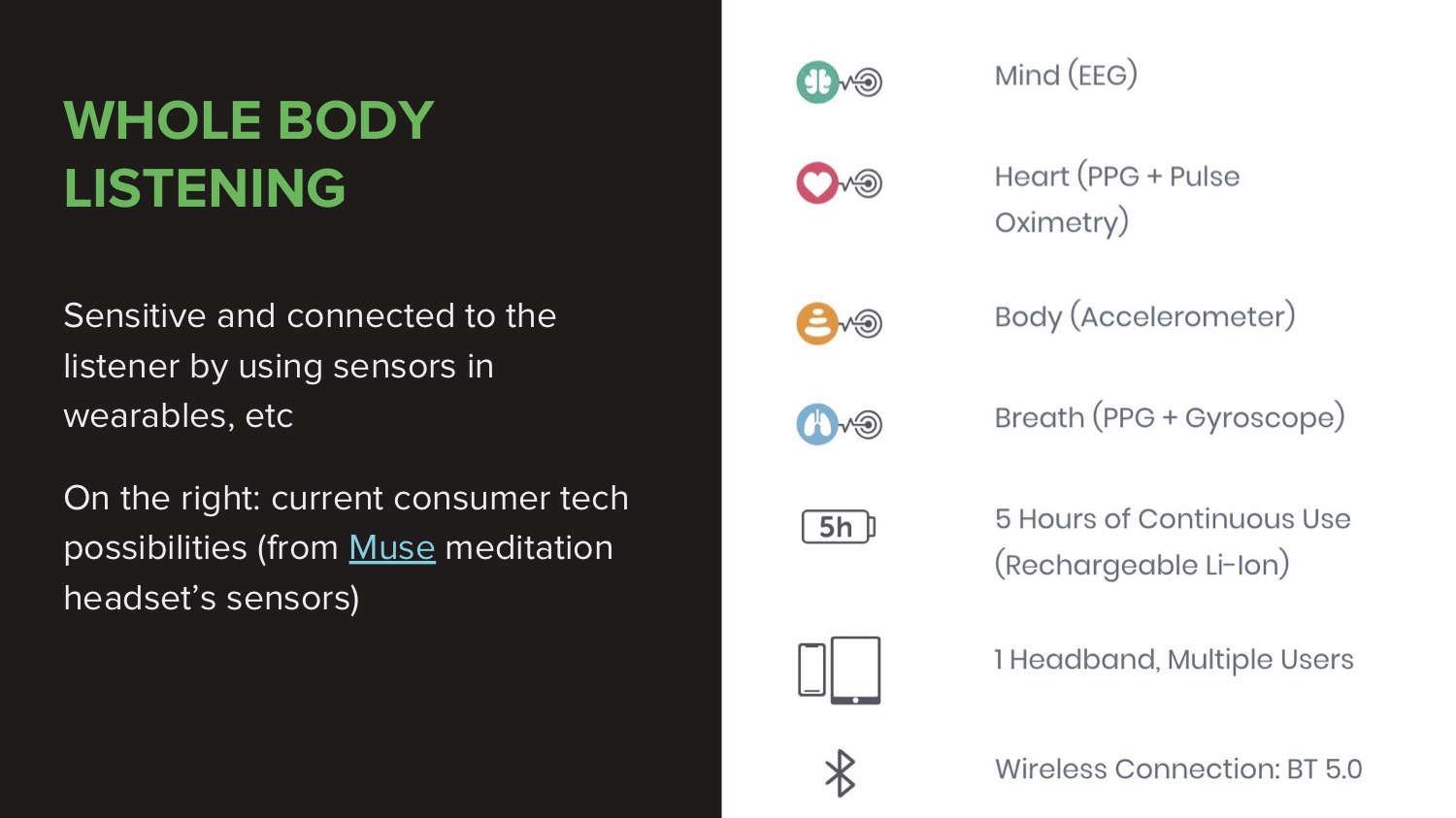
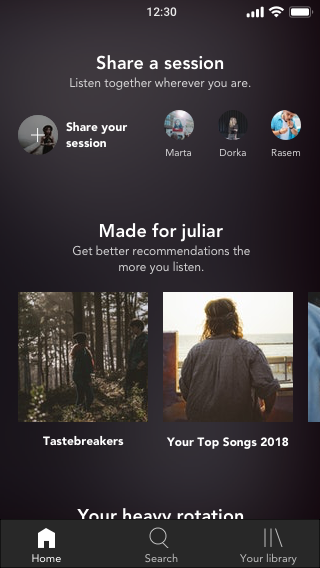
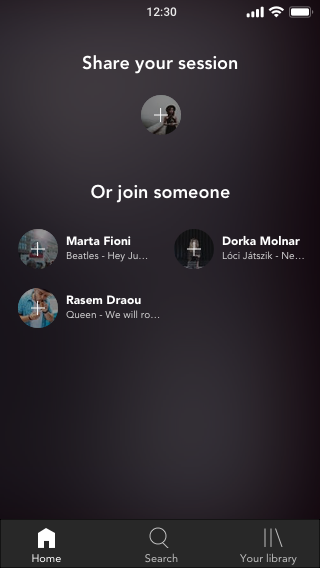
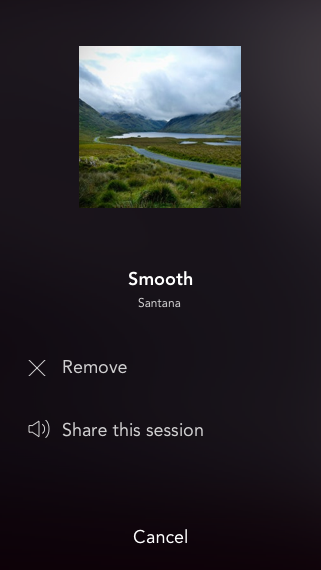

No comments.